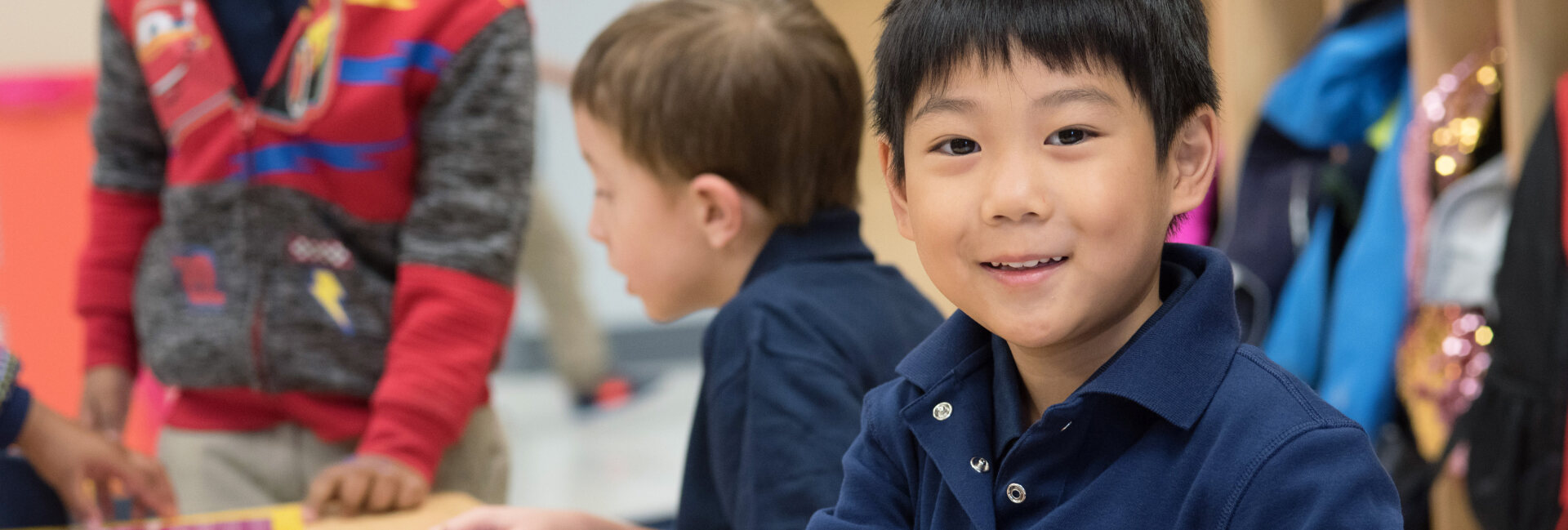
Calendars
Sunday
Monday
Tuesday
Wednesday
Thursday
Friday
Saturday
30
31
1
Tuesday, April 1, 2025
Spring Camp Available to CBA Students!
Spring Break: NO SCHOOL!
2
Wednesday, April 2, 2025
Spring Break: NO SCHOOL!
Spring Camp Available to CBA Students!
3
Thursday, April 3, 2025
Spring Break: NO SCHOOL!
Spring Camp Available to CBA Students!
4
Friday, April 4, 2025
Spring Break: NO SCHOOL!
Spring Camp Available to CBA Students!
5
Saturday, April 5, 2025
6
Sunday, April 6, 2025
7
Monday, April 7, 2025
Welcome Back from Spring Break!
8
Tuesday, April 8, 2025
9
Wednesday, April 9, 2025
10
Thursday, April 10, 2025
CBA Reading Buddies: Bring a book!
8:45 am – 9:10 am
11
Friday, April 11, 2025
12
Saturday, April 12, 2025
13
Sunday, April 13, 2025
14
Monday, April 14, 2025
15
Tuesday, April 15, 2025
16
Wednesday, April 16, 2025
17
Thursday, April 17, 2025
18
Friday, April 18, 2025
SCHOOL CLOSED
19
Saturday, April 19, 2025
20
Sunday, April 20, 2025
21
Monday, April 21, 2025
Teacher Workday: NO SCHOOL
22
Tuesday, April 22, 2025
Earth Day: Wear BLUE and GREEN!
23
Wednesday, April 23, 2025
24
Thursday, April 24, 2025
25
Friday, April 25, 2025
26
Saturday, April 26, 2025
27
Sunday, April 27, 2025
28
Monday, April 28, 2025
29
Tuesday, April 29, 2025
30
Wednesday, April 30, 2025
